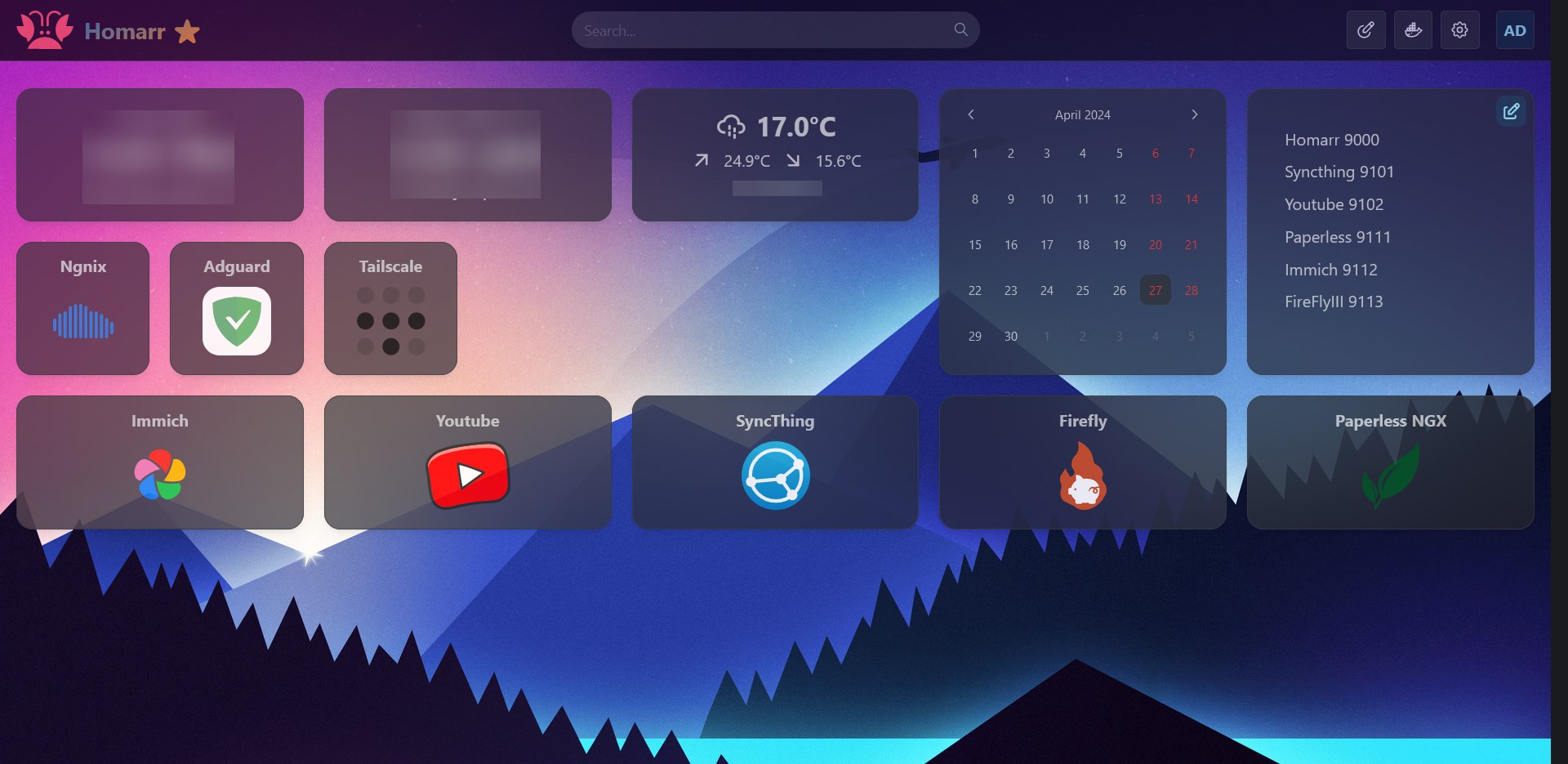Selfhosted
A place to share alternatives to popular online services that can be self-hosted without giving up privacy or locking you into a service you don't control.
Rules:
-
Be civil: we're here to support and learn from one another. Insults won't be tolerated. Flame wars are frowned upon.
-
No spam posting.
-
Posts have to be centered around self-hosting. There are other communities for discussing hardware or home computing. If it's not obvious why your post topic revolves around selfhosting, please include details to make it clear.
-
Don't duplicate the full text of your blog or github here. Just post the link for folks to click.
-
Submission headline should match the article title (don’t cherry-pick information from the title to fit your agenda).
-
No trolling.
Resources:
- selfh.st Newsletter and index of selfhosted software and apps
- awesome-selfhosted software
- awesome-sysadmin resources
- Self-Hosted Podcast from Jupiter Broadcasting
Any issues on the community? Report it using the report flag.
Questions? DM the mods!
view the rest of the comments

Hello again.
I've gone through your steps outlined in this post now for LAN. I've made my own network name .crypt and added *.crypt to Adguard and pointed it at the IP address of Nginx.
I've then gone and mapped my local services in Nginx. So radarr.crypt sonarr.crypt plex.crypt etc and mapped them to ports.
Now what I enjoyed was that I had to map Adguard to forward to Nginx, but in Nginx I can use the IP address of anything on my network, not just on the host.
So it's map Adguard in DNS rewrites to Nginx IP, then map the IP:ports in Proxy Hosts in Nginx.
Now when I use my Tailscale exit node (that I have from Home Assistant) I can use those addresses outside the house.
I have noticed it only works for the .crypt domains, and not .local despite being set up as well. I guess because .local is a special address it is harder to map to Tailscale.
Anyway, it's working for me after following what you've done, I just did less in Tailscale because of the exit node
I'm glad that the steps helped you, sorry I only saw your comment now because I wasn't very active here for a while.
I came back because I was moving from Windows to Linux so I had to redo some stuff, I'm glad I wrote the steps, by helping other I ended up helping myself
What's amusing is I'm long time stoner. As such, I have a shit memory. I do not remember writing this comment. Nor do I remember even struggling with this. I do know that I had a bunch of .crypt domains for a while.
So your comment is hilarious because I frequently find my own comments when I'm struggling through that thing I once did that I don't remember, documenting what I did.
I do it to help others, I call it "leaving breadcrumbs for those further back on the path" but those breadcrumbs are great when a server dies and you have to re set it up.
Kudos for being a great guy and leaving breadcrumbs. Karma likes to remind you that you're a wonderful person sometimes, so just enjoy it, and don't let the bastards grind you down.
Rereading my own comment, I do this, I thank people hoping they're still active at some point. I really do believe in thanking those that help me, even if they may not see it until 10 months later, if at all. You must have been the post that slotted it all into place.